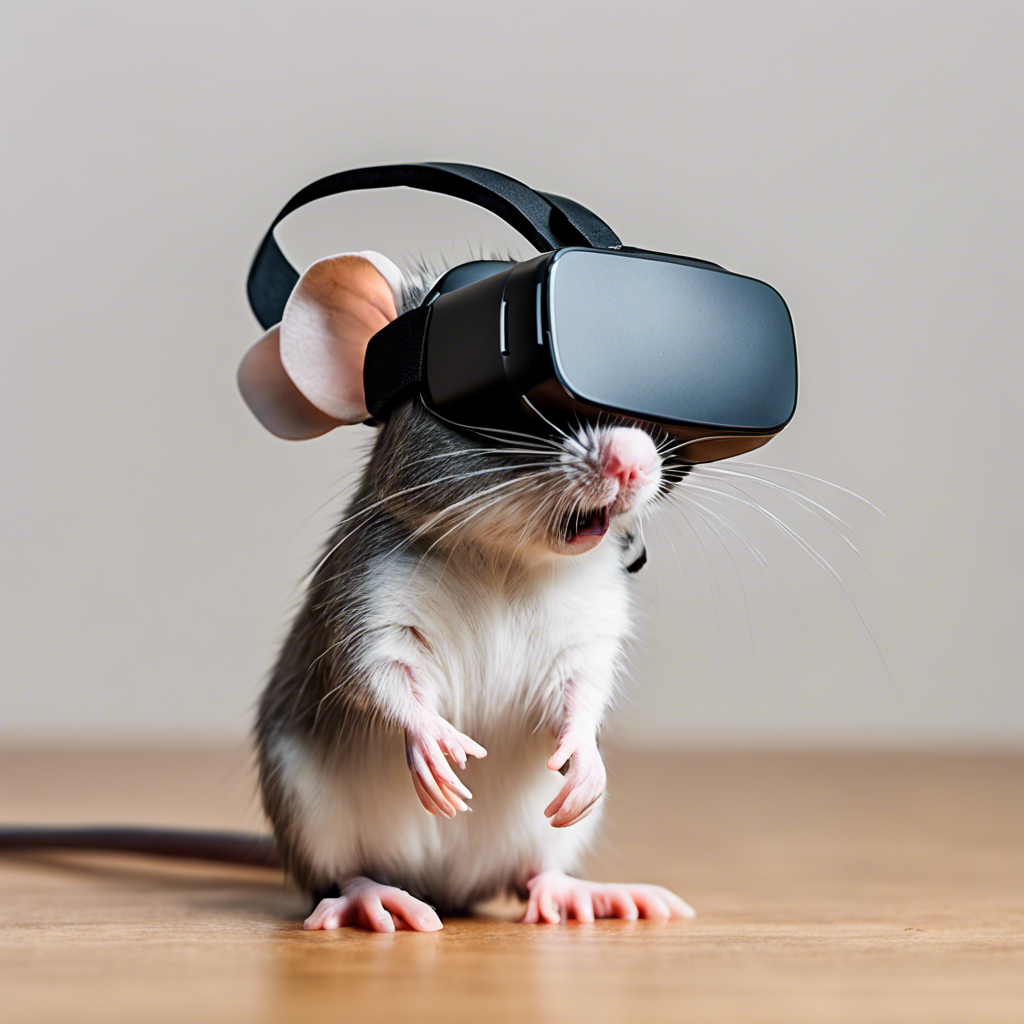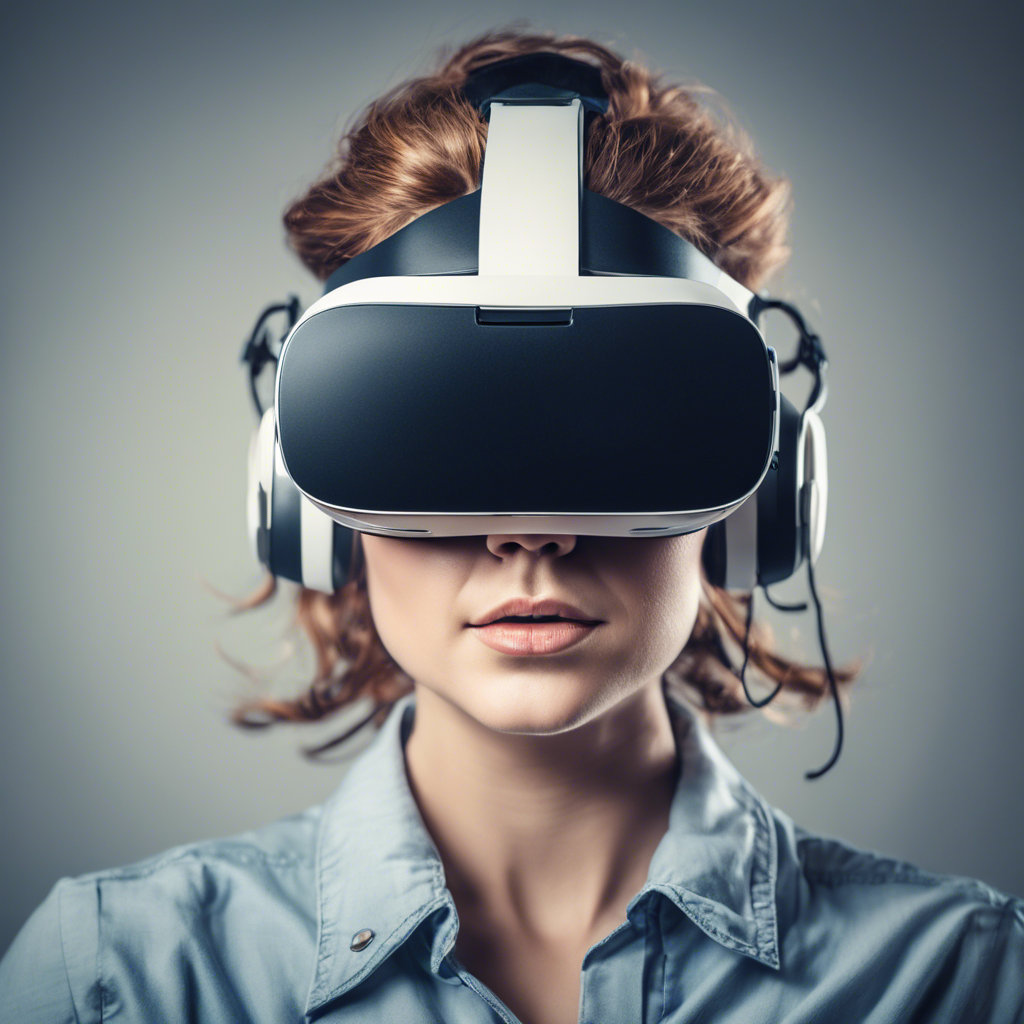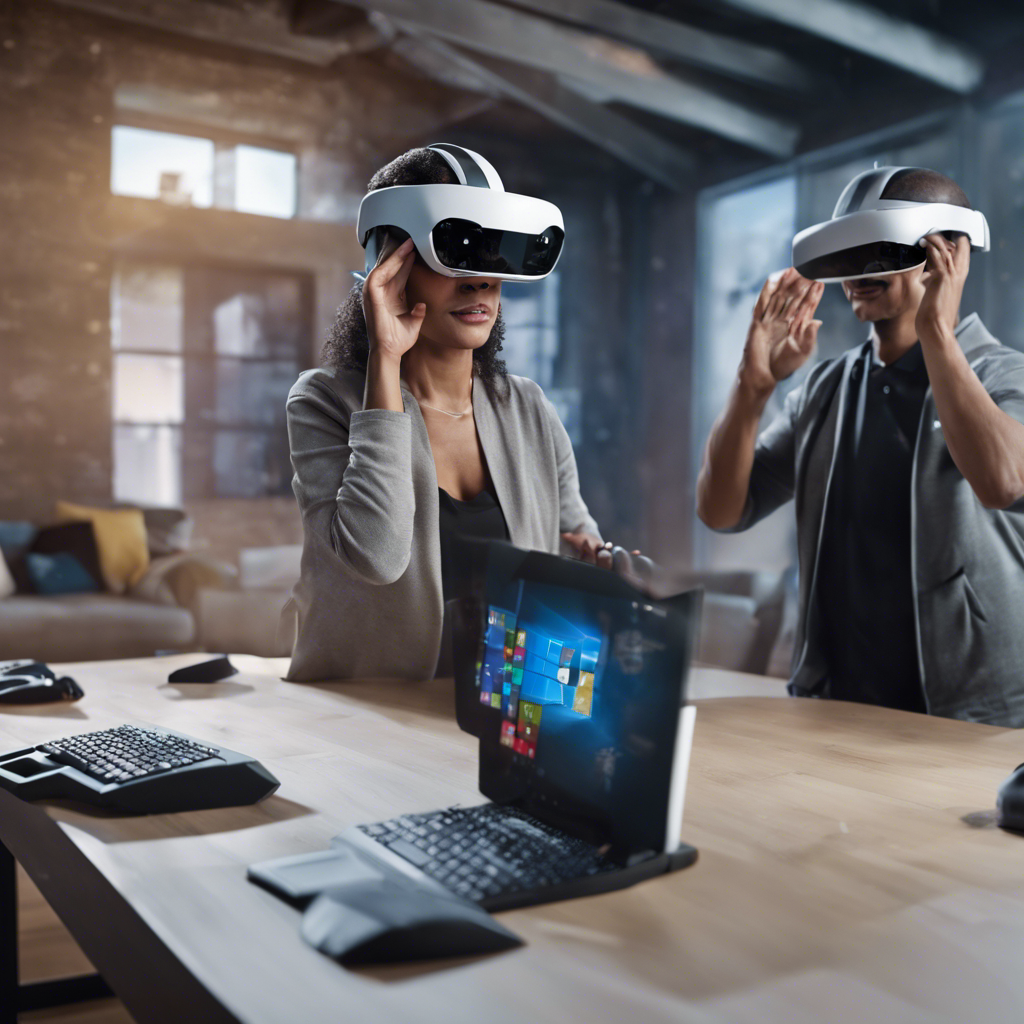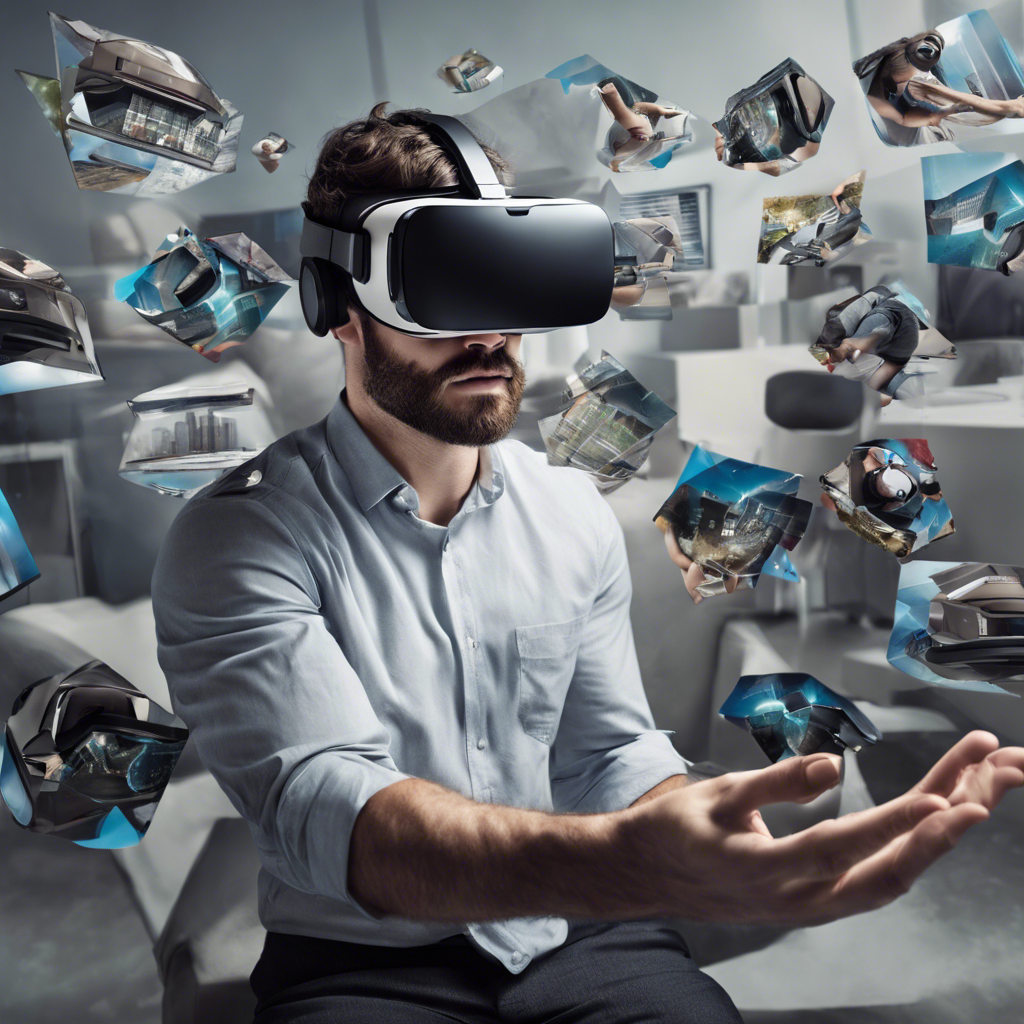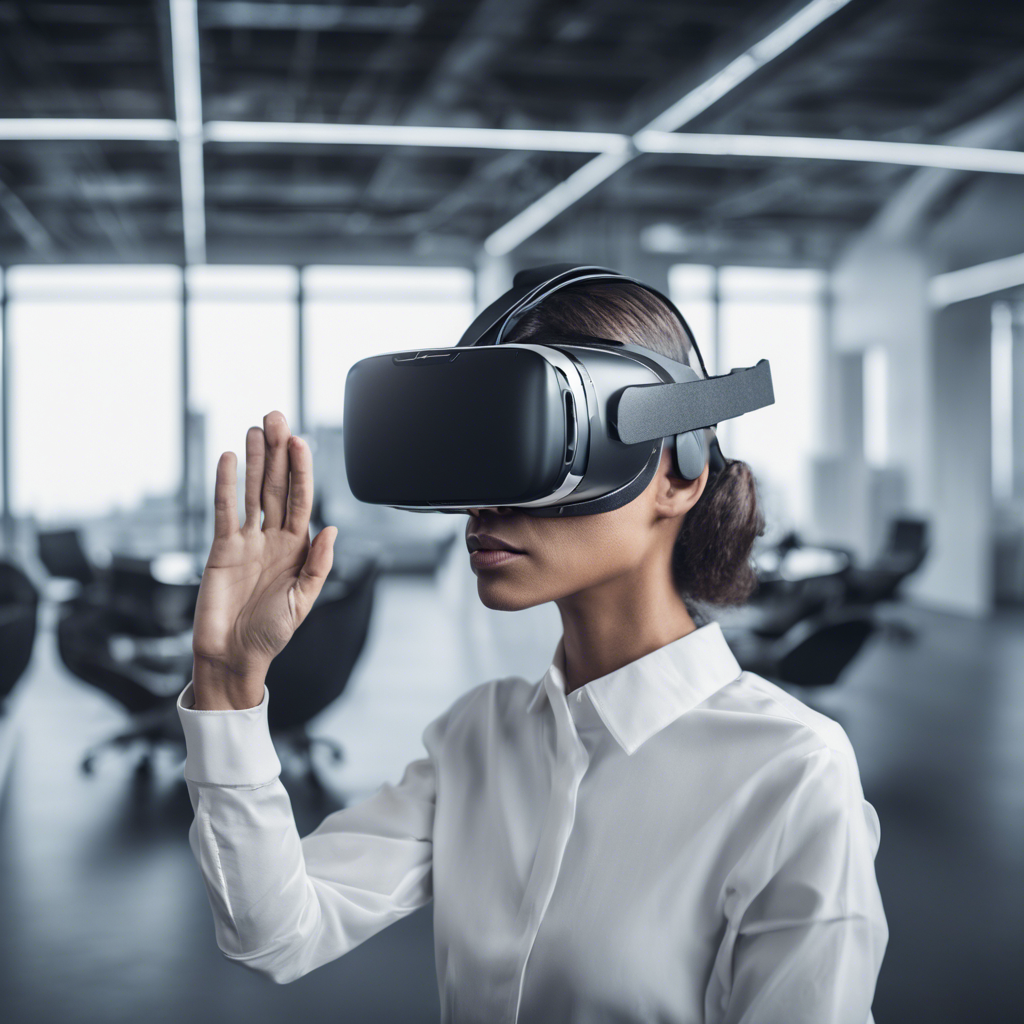Researchers at Northwestern University have developed miniature virtual reality goggles for mice, allowing for more immersive and accurate studies of their brain activity.
Studying the brain activity of mice in virtual reality scenarios has always been a challenge due to the cumbersome equipment required. However, a breakthrough invention of tiny goggles specifically designed for mice may have finally solved this problem. These miniature virtual reality goggles create convincing worlds that enable scientists to study the brain activity of mice in a range of scenarios, bringing rodent neuroscience one step closer to a simulation that is indistinguishable from the real world.
A New Era for Rodent Neuroscience
For the past two decades, Daniel Dombeck and his colleagues at Northwestern University have been using rudimentary virtual reality to gain insights into the workings of mice’s brains. Traditionally, large machines that observe brain patterns were used, but they were too cumbersome to be attached to freely moving mice. Instead, the team placed screens displaying a virtual reality world around the mouse while it was held inside the machine and placed on a treadmill. This setup allowed researchers to create virtual environments where the mice could navigate and observe their brain activity.
The Limitations of Traditional Virtual Reality for Mice
While this setup provided valuable data, it had its limitations. The virtual reality environment presented to the mice was flat, lacking depth perception. Additionally, the mice could see objects that were not part of the projection, leading to cue conflicts and a lack of full immersion in the virtual environment. This lack of immersion hindered the accuracy of the experiments and the mice’s natural behavior.
Enter the Tiny Goggles
To address these limitations, the researchers at Northwestern University have now developed tiny goggles specifically designed for mice. These goggles cut out everything from the mouse’s field of view except the virtual world, providing convincing depth perception by using a separate screen for each eye. With these goggles, the researchers believe they can run more accurate experiments as the mice will be more fully immersed in the virtual environment, leading to more natural behavior and responses.
Designing Goggles for Mice
Designing goggles for mice is not as straightforward as miniaturizing technology made for humans. Mice have a field of view of up to 320 degrees, compared to just over 200 degrees in humans. This means the screens within the goggles need to be curved and almost surround the mouse’s eyeballs. Despite the limited resolution of the screens (400 pixels square), the researchers have found that it is sufficient to create a convincing virtual environment since mice have less detailed vision compared to humans.
Promising Results and Future Directions
The initial use of the goggles on mice yielded promising results. The mice quickly engaged with the virtual environment, exhibiting natural movement and behavior, which was not typically observed with the previous flat projection screens. According to Dombeck, the long-term goal is to develop technology for mice that rivals what is seen in The Matrix, including additional equipment to trick their senses of smell, hearing, and touch.
Conclusion:
The development of miniature virtual reality goggles for mice represents a significant advancement in rodent neuroscience research. By providing a more immersive and convincing virtual environment, these goggles enable scientists to study the brain activity of mice with greater accuracy and realism. As technology continues to evolve, the potential for further advancements in this field is vast, opening new doors for understanding the complexities of the brain and its functions.







